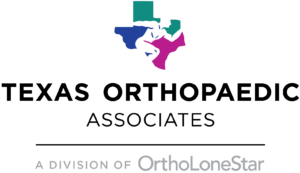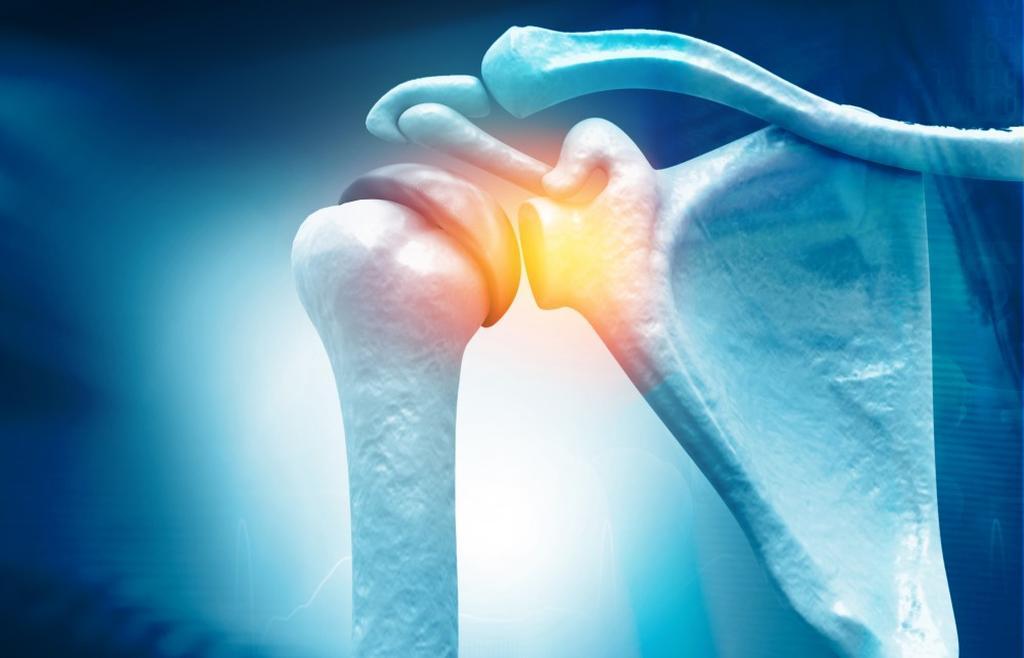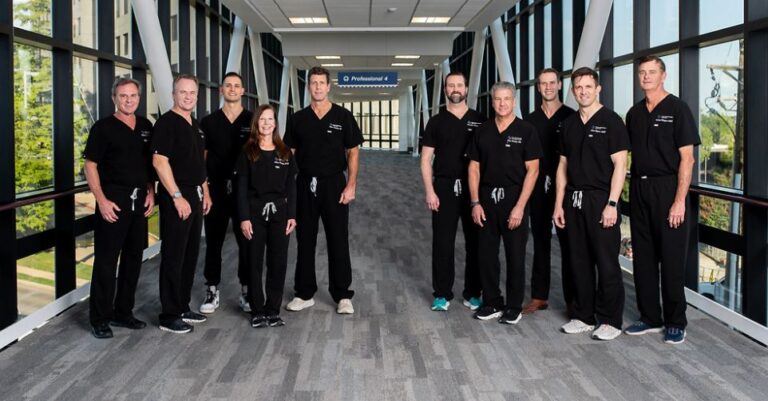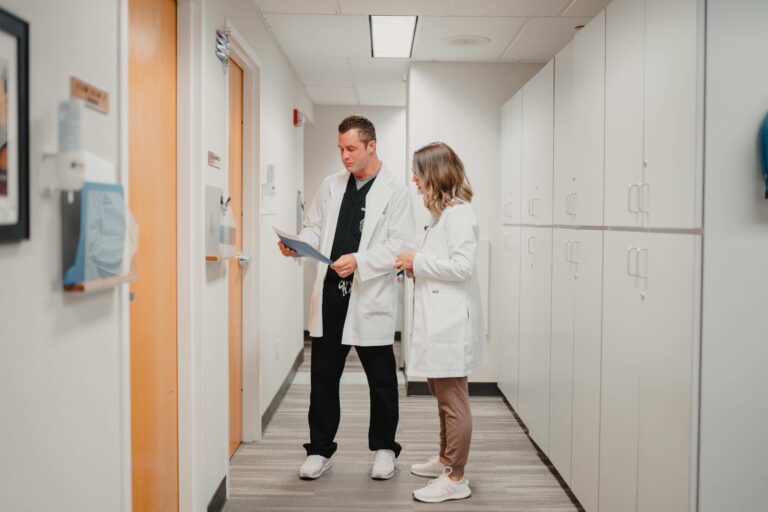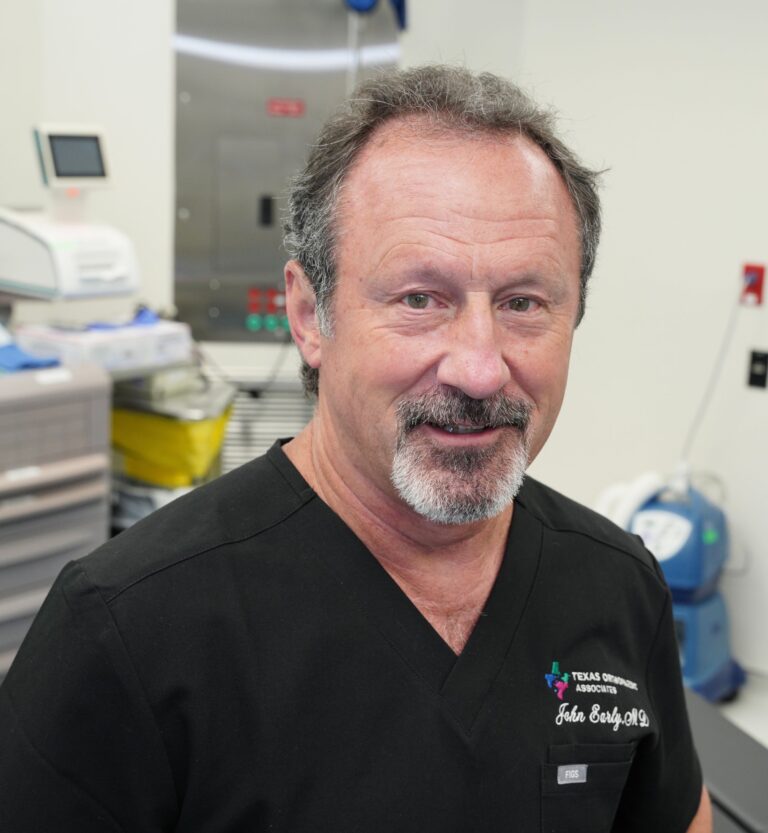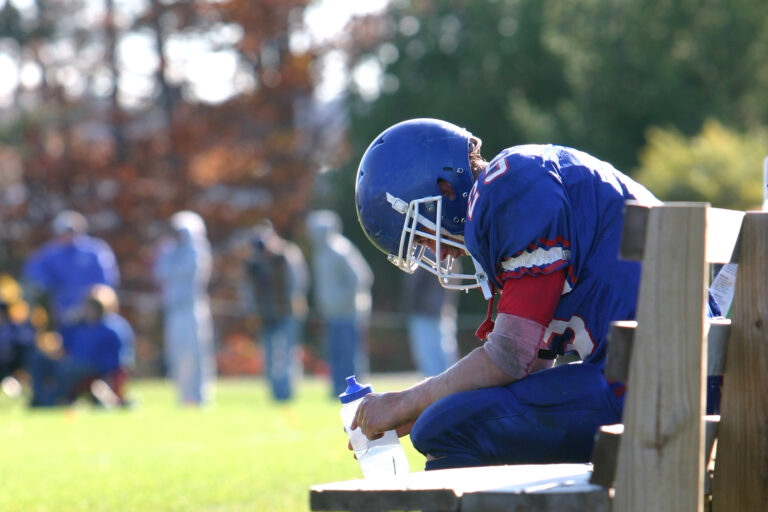Shoulder pain is a fairly common medical complaint — in fact, as many as two-thirds of people may have some type of shoulder pain at some point during their lives. For many people, the source of that pain lies in a collection of muscles and tendons called the rotator cuff.
With offices in Dallas, Plano, Keller, Weatherford, and Fort Worth, Texas, Texas Orthopaedic Associates offers specialized care and treatment for rotator cuff injuries, tailoring every treatment plan based on injury severity, patient lifestyle, and other factors that have a bearing on healing. If you have shoulder pain, here’s what you need to know about rotator cuff tears and their most common symptoms.
The rotator cuff: basic anatomy
Your shoulder joint is a ball-and-socket joint that forms where the upper end of the humerus (upper arm bone) fits into a cup-shaped socket in your scapula (shoulder bone). When you move your shoulder or raise your arm, the ball part of the joint rotates within the socket.
The rotator cuff is a series of muscles and tendons that holds the ball inside the socket, supporting shoulder stability as well as normal arm and shoulder movement. The tendons attach the muscles to the bones that make up the joint.
Rotator cuff tears happen when the tendons are frayed or torn, usually as a result of repetitive use and years of wear and tear, but sometimes from traumatic injuries, like falling on your arm. Sometimes, the tendon is torn away from the bone (a full-thickness tear) and sometimes, the tear only goes part way through the tendon (a partial-thickness tear).
Four common symptoms
Rotator cuff tears have a direct effect on shoulder movement, and they also cause a few distinctive symptoms, including the four common symptoms listed below. When you visit the doctor, describing your symptoms in detail will help guide diagnosis and treatment.
1. Pain and stiffness when raising your arm
Not surprisingly, rotator cuff tears can cause a significant amount of pain, especially when the tear is more severe. Often, pain presents as more of a dull or throbbing ache that just won’t go away. Since the muscles and tendons also help you move your arm, you may also have stiffness in your shoulder or problems lifting your arm.
2. Crackling or clicking noises when raising your arm
Popping, grinding, grating, clicking, or crackling sensations when you move your arm are another relatively common symptom of rotator cuff tears (and other shoulder injuries, as well).
The medical term for these sensations is crepitus, which happens when there’s excess friction inside or around a joint. Sometimes, crepitus occurs when tendons are inflamed and swollen, and moving causes them to rub against other parts of the joint, creating unpleasant sensations and sometimes, audible creaking or popping sounds.
3. Pain or aching that makes it hard to sleep
When you have a muscle strain, resting often makes the pain subside, at least for a little while. But when a tendon is damaged and torn, you can have pain all day — and all night.
In fact, with a rotator cuff tear, shoulder pain can sometimes feel worse at night, regardless of whether you’re lying on the “bad” side or on your back. Both positions can place extra strain on the muscles and tendons that support your shoulder, making it hard to get comfortable and really difficult to get a good night’s sleep.
4. Shoulder weakness and difficulty gripping or lifting items
Your rotator cuff muscles coordinate with other arm muscles to help you lift objects and even grasp or grab items. When you have a rotator cuff tear, even something as simple as lifting a coffee cup or combing your hair can be painful, and you may find that your arm feels especially weak or uncoordinated.
Treating rotator cuff tears
Many rotator cuff injuries can be treated with conservative options, like adjusting your activity, applying ice, using a sling, and having physical therapy to improve joint strength and stability. Therapeutic exercises at home can help reduce inflammation and promote healing, too. Most patients benefit from oral pain relievers or injections to decrease inflammation in and around the joint.
When these conservative treatment options don’t work, we may recommend surgery to repair the tendon or, in the case of a full-thickness tear, reattach it to the arm bone. Surgery may also be recommended if you use your shoulders a lot for your job.
Shoulder pain is common, and rotator cuff injuries are just one possible cause of your symptoms. To learn what’s causing your shoulder pain — and how we can help you relieve it — book an appointment online or over the phone with our team at Texas Orthopaedic Associates today.


